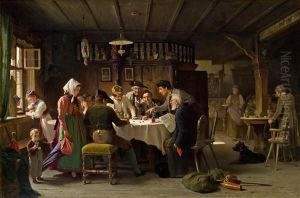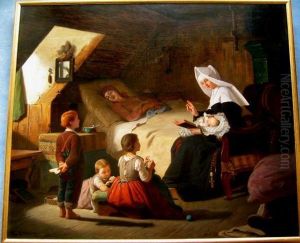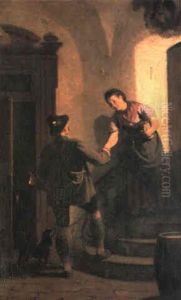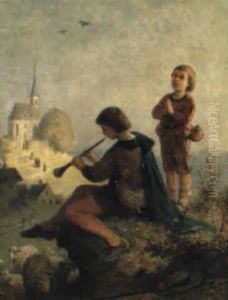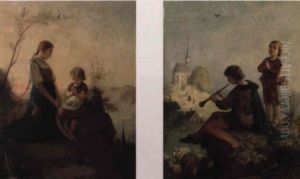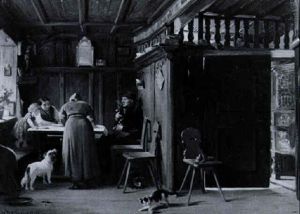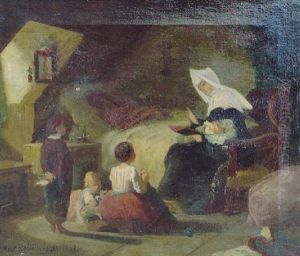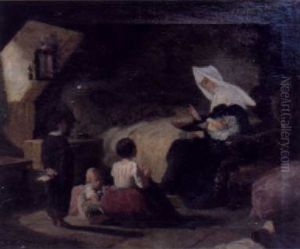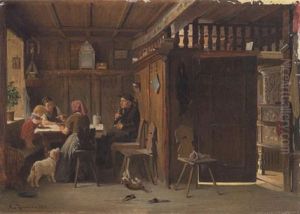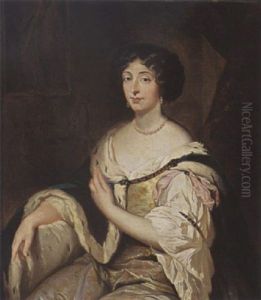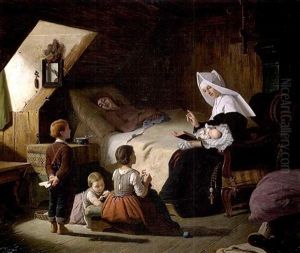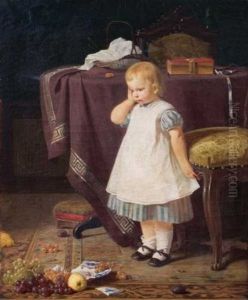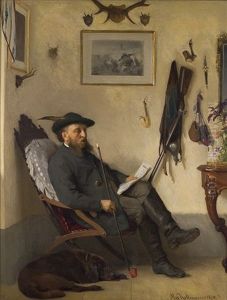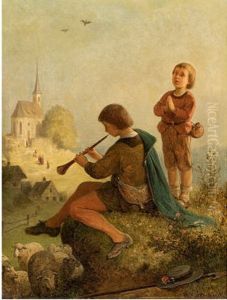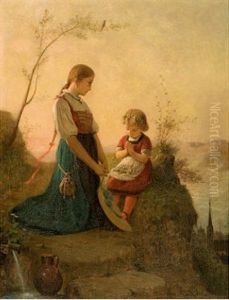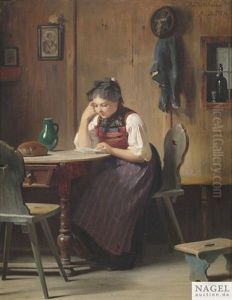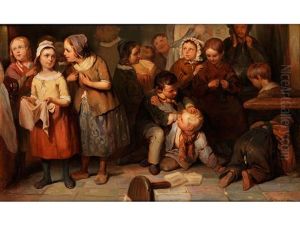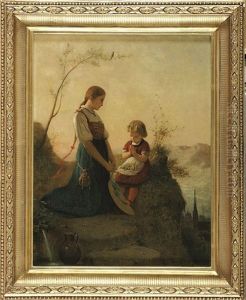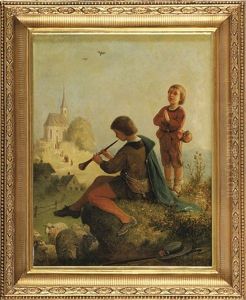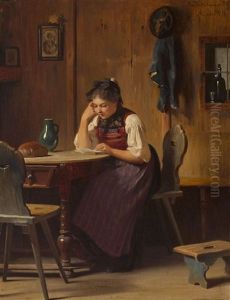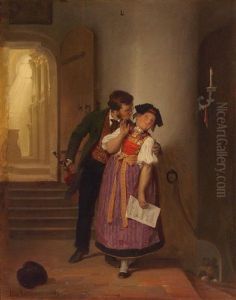Max Kaltenmoser Paintings
Max Kaltenmoser was a German painter born on October 10, 1853, in Munich, Germany. He was primarily known for his landscape paintings, which often depicted idyllic Bavarian scenes, and he was considered part of the Munich School of painting. During his lifetime, he was recognized for his ability to capture the serene beauty of the countryside, and his works were characterized by a fine attention to detail and a tranquil, almost poetic approach to the rural landscapes he painted.
Kaltenmoser received his artistic education at the Academy of Fine Arts Munich, where he studied under notable artists such as Wilhelm von Kaulbach and Wilhelm Diez. This institution was a pivotal center for art and culture in the late 19th century, and Kaltenmoser would have been exposed to a range of artistic influences during his time there.
Throughout his career, Kaltenmoser exhibited his works at various art shows and was a member of the Munich Artists' Association (Münchener Künstlergenossenschaft). His paintings were well-received, and he gained a reputation for his picturesque portrayals of the Bavarian landscape, which resonated with the tastes of the time, particularly among the burgeoning middle class who appreciated his realist yet romanticized vistas.
Kaltenmoser's work fell into the broader context of the 19th-century European art movement, where landscape painting was becoming increasingly popular due to the growing appreciation of nature and the countryside, partly as a reaction to the industrialization of Europe. He captured the changing seasons, the rural lifestyle, and the untouched corners of the Bavarian region with a sense of nostalgia and peace that was appealing to his contemporaries.
Max Kaltenmoser continued to paint throughout his life, leaving a legacy of beautifully rendered landscapes that recorded the pastoral beauty of the Bavarian region. He passed away on February 28, 1937, in his hometown of Munich. Today, his works can be found in various collections and are a testament to the Munich School's dedication to landscape painting and its influence on the development of realism in German art.
